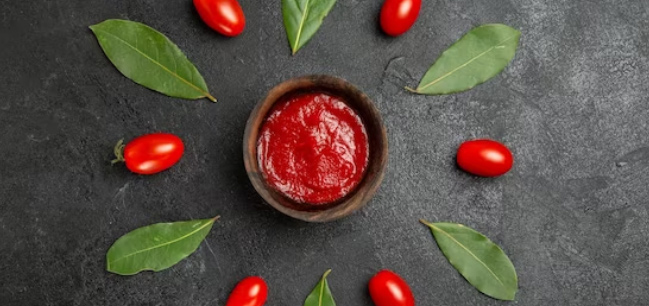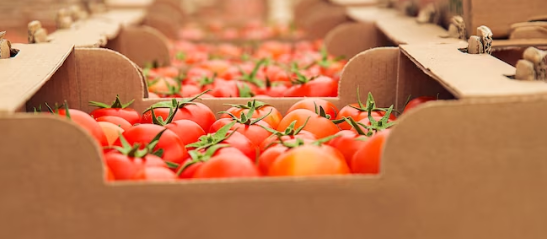Tomato Sauce vs. Tomato Paste: Key Distinctions
Consistency: Tomato sauce is relatively thin and has a pourable, liquid-such consistency, making it suitable for a base in various recipes. Tomato paste, however, is incredibly thick and concentrated, resembling a dense paste that cannot be poured easily.
Concentration: Tomato paste is highly concentrated, resulting in a stronger and more intense tomato flavor. Tomato sauce is less concentrated, delivering a milder tomato taste.
Texture: Tomato sauce is smooth and uniform in texture, whereas tomato paste has a dense and chunky texture due to its concentrated nature.
Usage: Tomato sauce is often used as a base for various dishes such as pasta sauces, pizza, and soups, where a balanced tomato flavor is desired. Tomato paste is typically used to enhance the depth of flavor in dishes, adding a potent tomato essence without introducing excess liquid. It's commonly used in stews, braised dishes, and gravies.
Added Ingredients: Tomato sauce may include added seasonings and ingredients, such as herbs, spices, and sometimes sugar, to achieve a specific flavor profile. Tomato paste, in its pure form, contains no added ingredients, offering a more unadulterated tomato taste.





